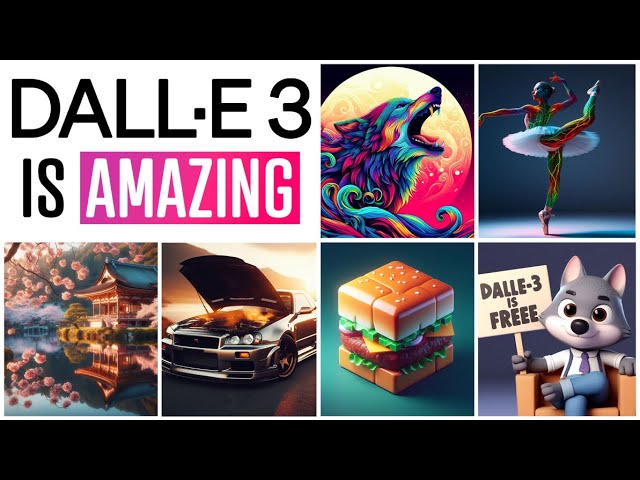
Here’s a detailed breakdown of each AI image generation tool, including their features, pros, and cons:
1. DALL·E 3
- Features: OpenAI’s latest text-to-image model, known for generating highly creative and natural-looking images from complex prompts.
- Pros:
- Produces high-quality, realistic images
- Supports a wide range of styles and subjects
- Integrated with ChatGPT for easy access
- Cons:
- Requires a paid subscription (ChatGPT Plus)
- Commercial use may incur additional costs
2. Midjourney
- Features: Renowned for artistic and highly detailed images, popular among designers and artists.
- Pros:
- Exceptional artistic quality and detail
- Active community for inspiration and support
- Offers a variety of styles and effects
- Cons:
- Operates via Discord, which can be inconvenient
- Free trial limited; subscription required for continued use
- Image generation speed is throttled
3. Stable Diffusion
- Features: Open-source and can be run locally, offering high customization.
- Pros:
- Free to use
- Local execution ensures privacy
- Extensive plugins and extensions available
- Cons:
- Complex setup and installation
- Requires a powerful GPU for best results
- Steeper learning curve for beginners
4. Adobe Firefly
- Features: Adobe’s AI tool, integrated with Photoshop and other Adobe apps, suitable for commercial use.
- Pros:
- Seamless integration with Adobe Creative Cloud
- Commercial use allowed
- User-friendly interface
- Cons:
- Some features require a paid subscription
- May be less creative compared to other tools
5. Leonardo.AI
- Features: Specialized for game assets, illustrations, and design projects.
- Pros:
- Optimized for game asset creation
- Offers a wide range of styles and templates
- Free version still produces high-quality images
- Cons:
- Free version has generation limits
- Focused on professional use, which may be complex for casual users
Leave a Reply